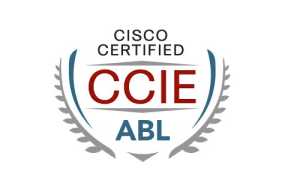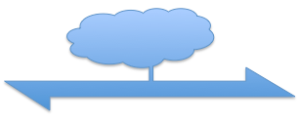Obama authorizes sanctions against hackers
U.S. President Barack Obama has signed an executive order authorizing the U.S. government to impose sanctions on people, organizations and governments that partake in “malicious cyber-enabled activities” that harm the country.“The same technologies that help keep our military strong are used by hackers in China and Russia to target our defense contractors and systems that support our troops,” Obama said in a statement.The sanctions would target activities that harm critical infrastructure, disrupt computer networks, expose personal information and trade secrets, and entities that profit from information stolen in cyberattacks. The administration will focus on threats from outside the U.S.To read this article in full or to leave a comment, please click here
 Having helped fund Embrane, Cisco is ready to acquire the Layer 4-7 startup.
Having helped fund Embrane, Cisco is ready to acquire the Layer 4-7 startup.



